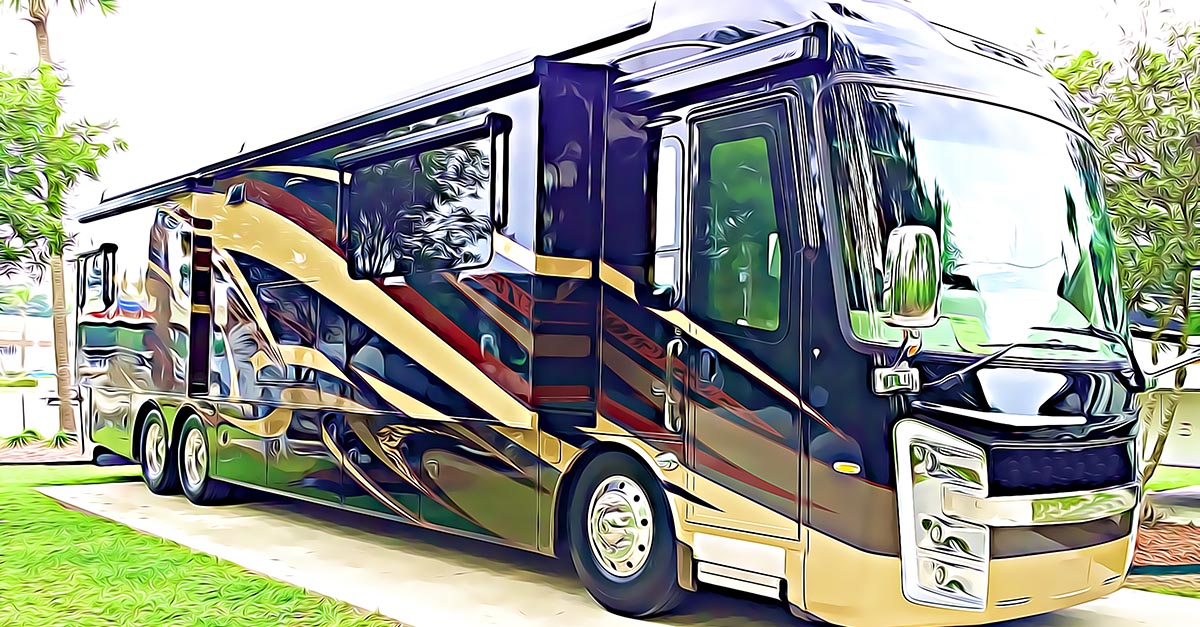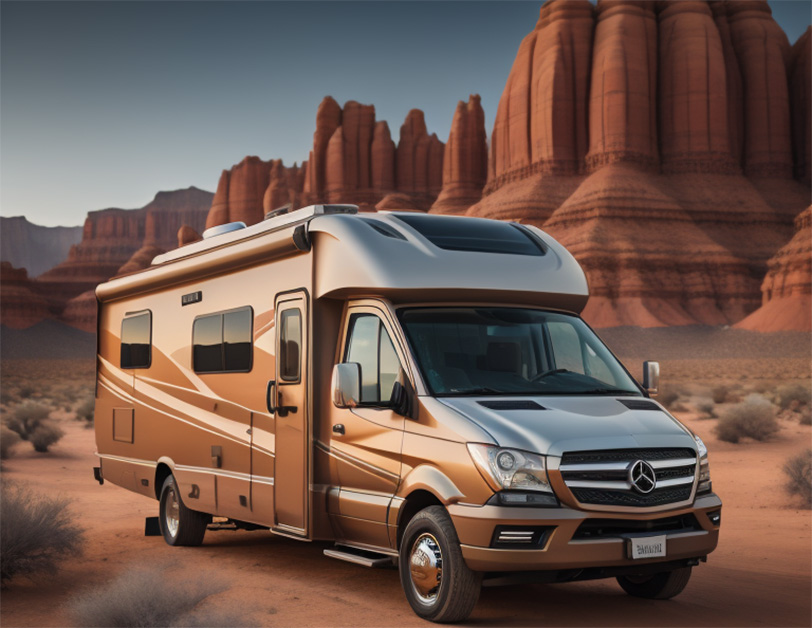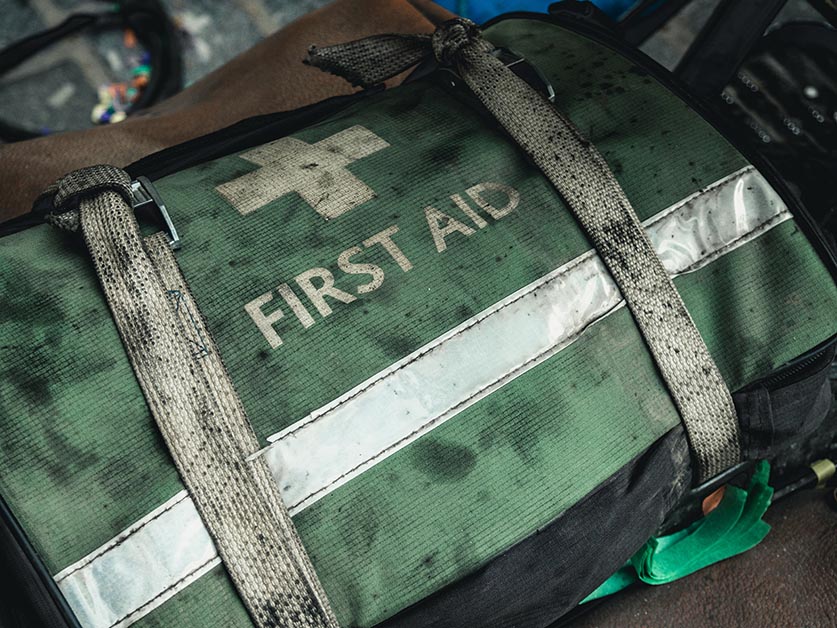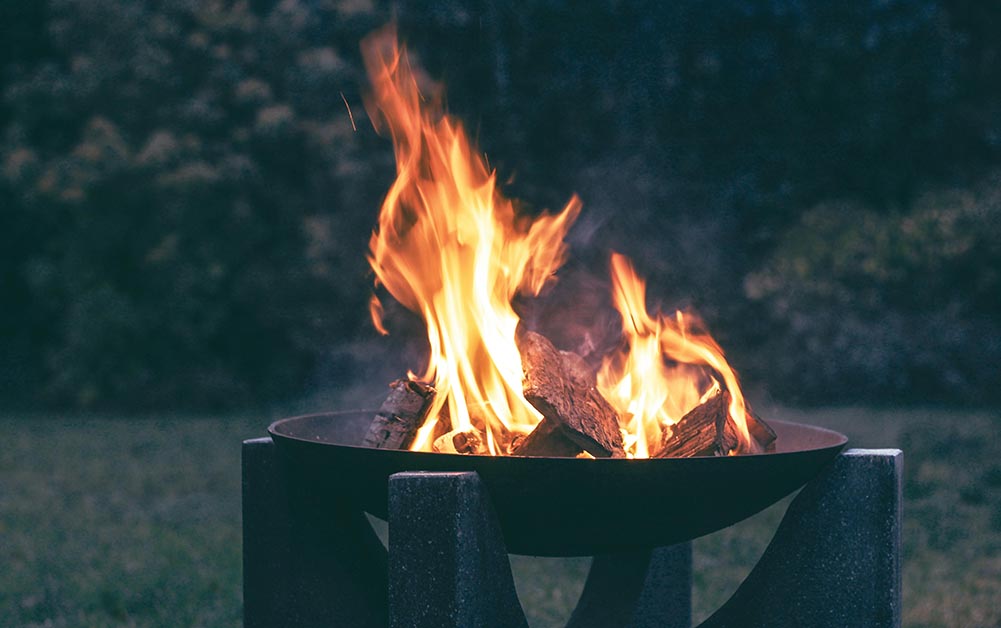by Steve Jean
Share
by Steve Jean
Share

Hey there! Do you know what’s truly magical? Gathering around a crackling campfire with your loved ones, feeling the warmth of nature and enjoying each other’s company. Starting a campfire is not just a practical skill for outdoor enthusiasts – it’s an art that connects us to the primal allure of fire. That’s why we’ve put together this guide to help you get started on building your own campfire and ensure a safe and enjoyable experience for everyone involved. Let’s get started, shall we?
Choose the Right Location
Selecting the right location for your campfire is the first step in responsible outdoor fire management. Look for established fire rings or fire pits in designated camping areas. If none are available, clear an area of at least 15 feet in diameter, free from overhanging branches, dry grass, and other flammable materials.
Gather the Right Materials
Building a successful campfire requires three main types of materials:
Tinder
Highly flammable material that ignites easily. Examples include dry leaves, twigs, or newspaper.
Kindling
Small sticks and branches that catch fire from the tinder. Ensure they are dry and vary in size.
Fuelwood
Larger logs or branches that sustain the fire once it’s established.
Create a Fire Pit
If you’re not using an existing fire ring, build a simple fire pit by digging a shallow hole and surrounding it with rocks. This helps contain the fire and prevents it from spreading.
The Teepee Method
One popular method for starting a campfire is the teepee method. Begin by placing a bundle of tinder in the center of the fire pit. Surround the tinder with a teepee-shaped structure made of kindling. As the tinder ignites, the flames will catch the kindling, creating a stable base for larger fuelwood.
The Log Cabin Method
Another effective method is the log cabin method. Place two larger pieces of fuelwood parallel to each other, leaving space in the center. Add two more pieces perpendicular to the first two, creating a square or rectangular structure. Fill the center with tinder and kindling, lighting the fire from the top.
Safety First
If you’re planning to start a campfire, remember to take some safety precautions. Make sure to have a water source or a bucket nearby in case things get out of control. It’s also essential to never leave the fire unattended and to put it out completely before leaving the site. You can use water or sand to extinguish the fire, and don’t forget to stir the ashes to ensure that all embers are out. Have a fun and safe time around the campfire!
Leave No Trace
Respect nature and follow the Leave No Trace principles. Clean up your campfire area, packing out all trash and ensuring the fire is completely extinguished.
To start a campfire, you need to find a suitable spot, gather materials, and take safety precautions. Once you have collected the materials and chosen the spot, you can start the fire and enjoy the cozy moments around the campfire. Camping memories are incomplete without the warmth and comfort of a campfire.
Many people are drawn to the allure of the open road, the freedom to explore new destinations, and the comfort of home on wheels that RV travel offers. However, before hitting the road, one of the first decisions that needs to be made is whether to rent or buy an RV. Each option has its
Whether you’re embarking on a wilderness adventure, planning a family camping trip, or simply stocking your home medicine cabinet, having a well-equipped first aid kit is essential for handling life’s little emergencies. From minor scrapes and cuts to more serious injuries, being prepared can make all the difference in ensuring a swift and effective response.
Camping in the great outdoors offers a wonderful opportunity to unwind, connect with nature, and create lasting memories with loved ones. However, it’s important to prioritize safety to ensure a positive and enjoyable experience. From preventing accidents to handling emergencies, here are some essential tips to help you stay safe while camping outdoors. Choose a




